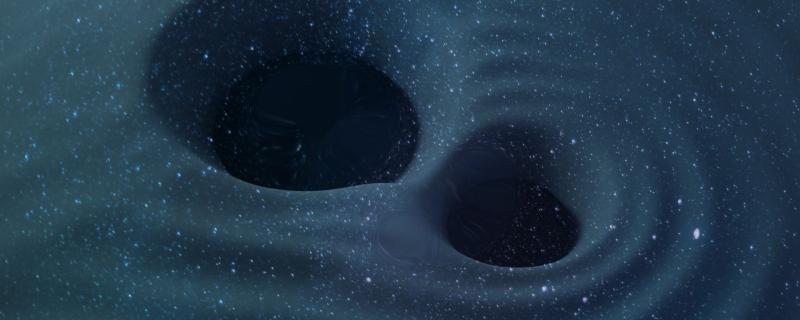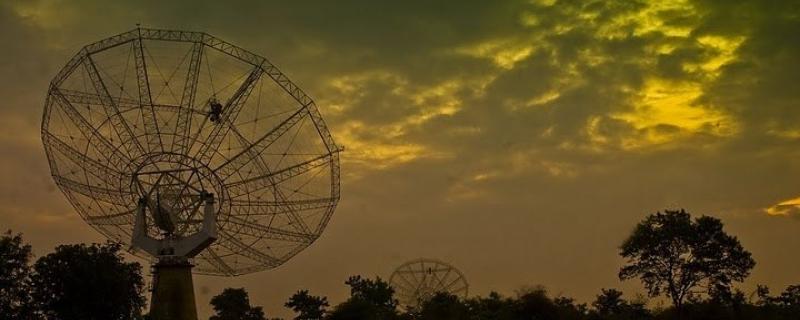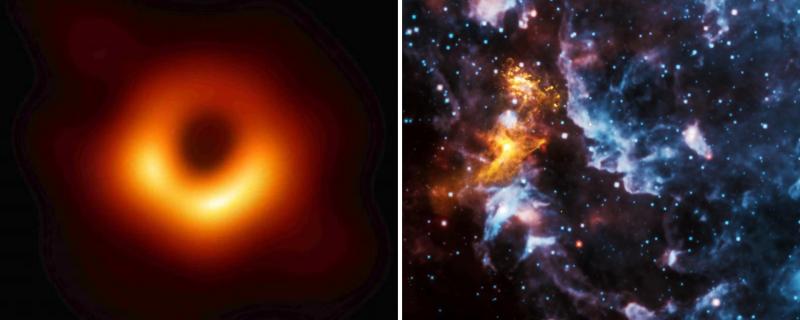A newly observed gravitational wave event from the collision of two massive, rapidly spinning black holes forces scientists to reconsider how these cosmic giants are born and grow.
New research reveals that cultural tolerance and political pressure, rather than just biological science, dictate the life or death of tigers in India and wolves in Germany.
Dehradun/


![Simulated electromagnetic (EM) emission from accreting binary massive black hole during the late inspiral phase. [NASA/GSFC]; Credits: https://svs.gsfc.nasa.gov/13086/ Simulated electromagnetic (EM) emission from accreting binary massive black hole during the late inspiral phase.](/sites/researchmatters/files/styles/large_front_800x320/public/BH-Merger.png?itok=NUlnJSYY)



![Snapshot of simulation showing two black holes colliding with each other. [Image Credits: Wikimedia Commons] Digging the grave: In search of the remains of merging black holes and neutron stars](/sites/researchmatters/files/styles/large_front_800x320/public/merger.jpg?itok=cwO7xc1a)
